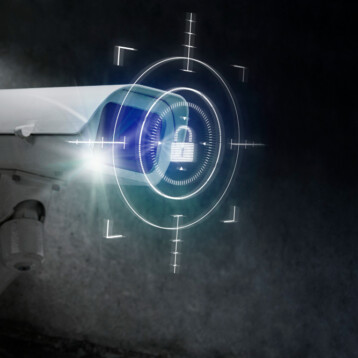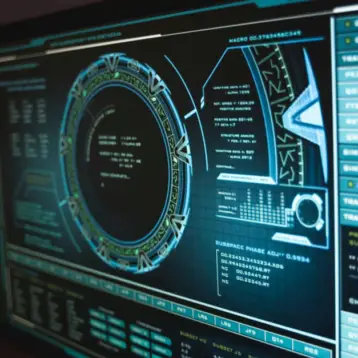The K-Max helicopter is built by Kaman Aerospace using a Lockheed Martin mission management system that translates the ground operator’s wishes into viable mission plans and provides any necessary guidance while the craft is in the air. A ground controller uses a handheld tablet to interface with the K-Max as necessary. The controller is compatible with the systems and interfaces typically used by the United States Army to control its existing UAVs.
Although the current system requires visual contact between the ground controller and the aircraft at takeoff and at the point of delivery, cameras feed the necessary information to the controller during flight. In addition to explicit ground control, the K-Max can autonomously recalculate its route to avoid sudden hazards or no fly zones and deal with other problems that arise during missions.
The K-Max helicopter uses an intermeshed rotor system that eliminates the need for a tail rotor and allows all of the power generated by the engine to turn the main rotors. The two intermeshed rotors, which rotate in opposite directions at a slight angle so their blades don’t collide, greatly increase the craft’s lift capabilities. In fact, such design provides a one-to-one lift ratio so the K-Max can carry up to 6,000 pounds (more than its own weight). This design also improves the vehicle’s stability in high altitude and hot environment conditions and limits the noise signature of the craft.
The K-Max helicopters currently deployed in industry are manned models without such a control system. The manned version of the K-Max has successfully flown over 225,000 hours with good performance ratings. The US Marine Corps is seriously considering using the unmanned K-Max helicopter to carry essential supplies to isolated areas in Afghanistan that can only be reached by air.
TFOT has previously reported on other unmanned helicopters and vertical lift UAVs including the Special Forces deployment of the Boeing A160T Hummingbird UAV, a helicopter UAV designed specifically for digital photography, the small “flying beer keg” UAV deployed to Iraq, the STARMAC system of multiple autonomous rotorcrafts, self-learning helicopters that can learn new actions by observing other helicopters perform the desired tricks, and the WaterSpout helicopter UAV capable of being launched from aboard a submarine.
Read more about the K-Max unmanned helicopter at the Kaman Aerospace product page and more about the military demonstrations of the vehicle in this Lockheed Martin press release.










